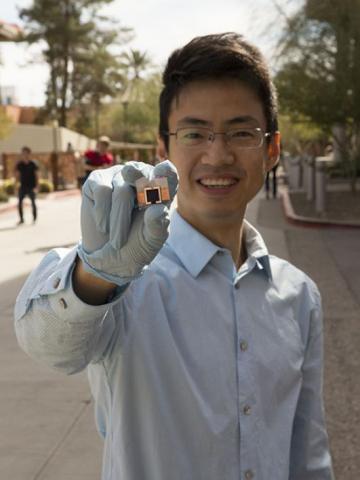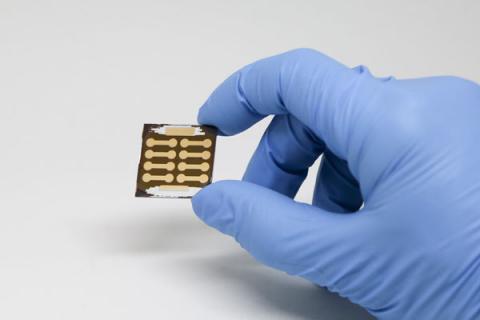Meet the Perovskite-Info team at Printed Electronics Europe 2017
On May 10-11, IdTechEx will host its annual Printed Electronics Europe event that will focus on the commercialization of printed, organic and flexible electronics. The Perovskite-Info team will visit this event, so if anyone wishes to schedule a meeting - now is a great time to do so!
This event (which according to IdTechEx is the largest event of its kind) includes a conference, an exhibition, a demonstration street showing a full range of interactive products and prototypes, an end-user forum, master classes and IdTechEx's early-stage Launchpad.


